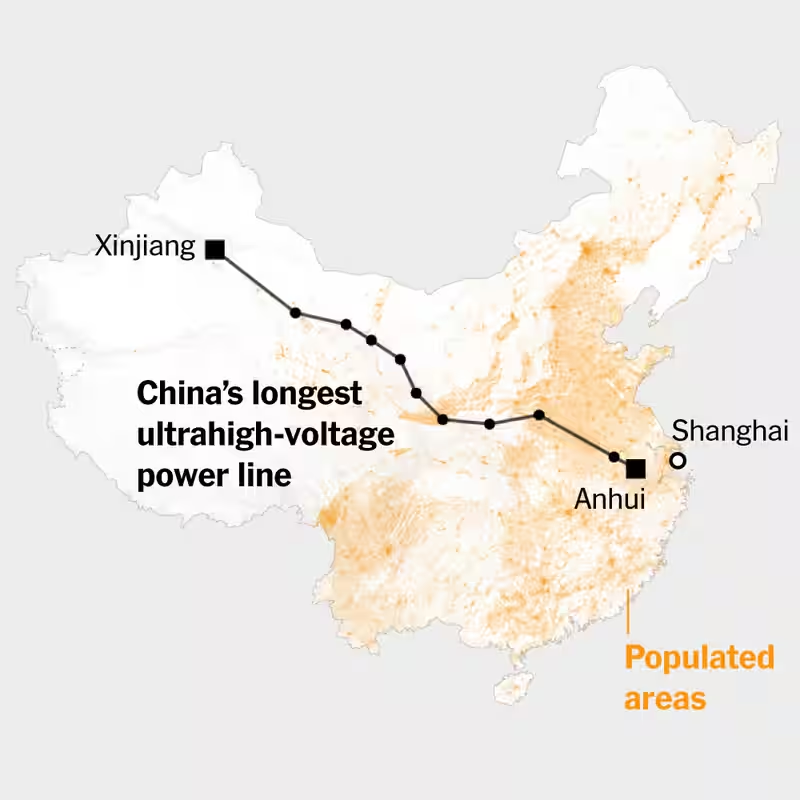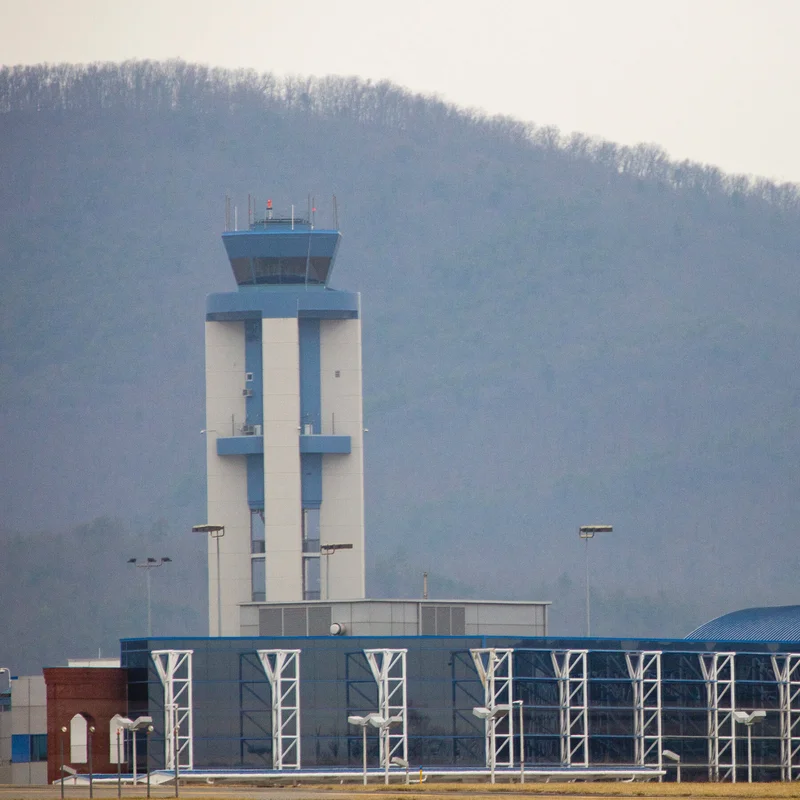Table of Contents
- What Is China’s Ultrahigh-Voltage Grid?
- How It Powers Electric Cars and High-Speed Trains
- A Clean Energy Milestone Few Nations Can Match
- Why Few Protest—And What That Means
- Sources
What Is China’s Ultrahigh-Voltage Grid?
At the heart of China’s clean energy transformation lies a network most people have never heard of: the ultrahigh-voltage (UHV) power grid. Stretching over 2,000 miles—roughly the distance from Idaho to New York City—one single line carries renewable electricity from sun-drenched deserts in Xinjiang all the way to densely populated coastal provinces like Anhui.
And that’s just one of 42 such lines.

These UHV lines transmit electricity at voltages exceeding 800,000 volts—far beyond the capacity of conventional grids in the U.S. or Europe. The result? Minimal energy loss over vast distances, enabling China to tap remote renewable sources and deliver clean power where it’s needed most.
How It Powers Electric Cars and High-Speed Trains
China’s UHV grid isn’t just an engineering marvel—it’s the backbone of its electric mobility revolution. Consider this:
- Over 50% of new cars sold in China are electric.
- The country operates more than 30,000 miles of high-speed rail—all running on electricity.
- Major EV and robotics manufacturers in Anhui, Shanghai, and Guangzhou rely on this steady flow of clean power.
Without the UHV infrastructure, this scale of electrification would be impossible. Solar farms in Xinjiang and wind turbines in Gansu generate gigawatts of renewable energy—but only the UHV lines can move it efficiently across mountains, deserts, and rivers to power factories, charging stations, and bullet trains.
A Clean Energy Milestone Few Nations Can Match
In April 2025, wind and solar sources supplied over 25% of China’s total electricity—a benchmark that puts it ahead of most industrialized nations. What’s striking isn’t just the output, but the speed: China’s clean energy rollout has outpaced even its own five-year plans.
China’s UHV Grid at a Glance
| Metric | Detail |
|---|---|
| Number of UHV Lines | 42 (and growing) |
| Longest Line | ~2,000 miles (Xinjiang to Anhui) |
| Voltage Capacity | 800 kV (DC) / 1,000 kV (AC) |
| Renewables Share (April 2025) | 25%+ |
| EV Market Penetration | 50% of new car sales |
Why Few Protest—And What That Means
Building massive infrastructure across thousands of miles usually sparks local resistance—especially when high-voltage lines emit static electricity strong enough to tingle a metal fishing rod. Yet in China, objections are rare.
“As long as you don’t fish directly underneath the wires and keep the fishing line from getting tangled in the wires, it’s basically fine,” said Shu Jie, an air-conditioning repairman near one transmission corridor, holding up a freshly caught fish with a shrug.
This quiet acceptance reflects both centralized planning and limited avenues for public dissent. While Western democracies often face years of environmental reviews and community pushback, China can fast-track projects that align with national priorities—like energy security and decarbonization.
That efficiency comes with trade-offs. But for now, it’s fueling a green transition at a scale and speed unmatched anywhere else on Earth.




